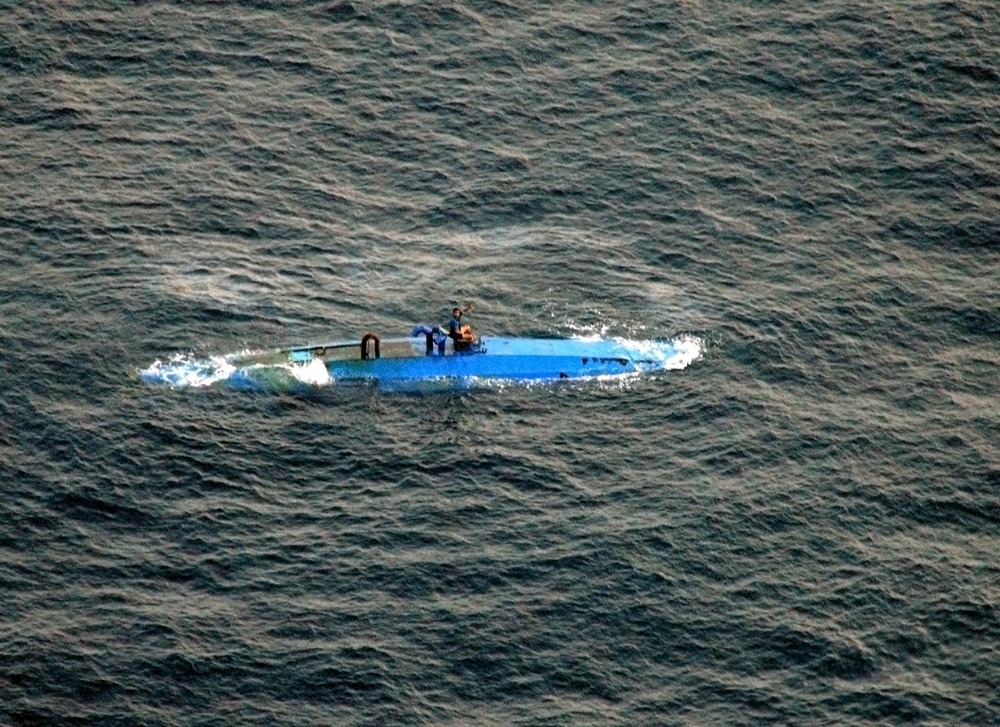
*****
ARLINGTON, Va.—The U.S. Marine Corps is exploring a concept to enhance its ability to supply its forces its forces inside a contested environment: low-profile vessels used by drug-running cartels.
The Corps, however, is looking at autonomous low-profile vessels (LPVs), said Lieutenant General Karsten Heckl, deputy commandant for Combat Development and Integration, speaking Sept. 6 at the Defense News Conference in Arlington, who advocated the use of autonomous unmanned systems wherever possible.
Drug runners have built and used manned LPVs frequently over the last two decade to carry loads of illegal drugs from Latin America to the United States. The LPVs, called semisubmersibles, are fabricated in secret locations and, with a small crew, carry their payload along the transit lanes, trying to avoid visual and radar detection with their very low profiles.
“We just copy the drug lords down south running drugs,” Heckl said. “They are hard to find, so now we figure, hey, it works, right?
The Marine Corps has recently focused on logistics in a contested environment as part of its Force Design 2030 to address the challenge of supplying its forces inside the enemy’s weapons engagement zone — inside the first island chain off China, for example.
Heckl addressed the concept pairing it with uncrewed autonomy, noting the lower cost of unmanned systems without having to accommodate humans and the supplies and safety systems needed to sustain them.
The required scale of autonomous LPVs is so far undetermined, but Heckl pointed to the success of an unmanned expeditionary fast ship (T-EPF) in autonomous operations. Austal built the Miliary Sealift Command’s 13th T-EPF, USNS Apalachicola — a fast catamaran logistics ship–with autonomous control systems to demonstrate the potential of autonomous operations of a ship of its size.
“T-EPF 13 went out and did 1,500 nautical miles completely autonomously,” Heckl said. “They had human beings on board as back-ups, but what an amazing capability, a ship that can go 45 knots in Sea State 3 that can operate autonomously. Autonomous—from a logistics perspective—absolutely.
“I want autonomous everything, if we can get there,” he said.
- BlueHalo to Test C-UAS System on Marine Corps JLTV - April 29, 2024
- USS George Washington Deploys to U.S. Southern Command, Eventually Headed to Japan - April 26, 2024
- SECNAV Advocates Increased Legal Immigration to Increase Shipbuilder Workforce - April 23, 2024



